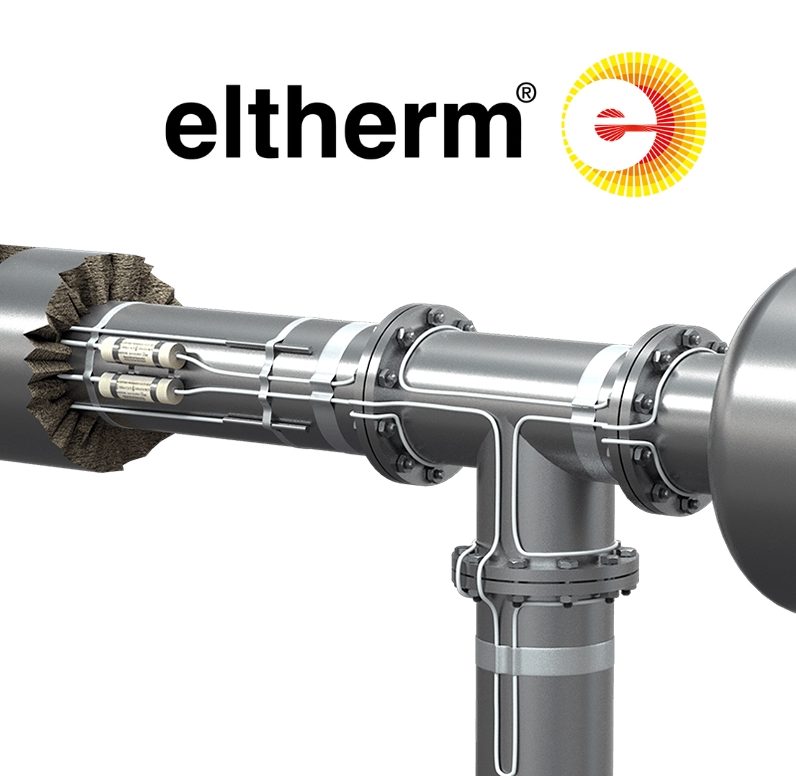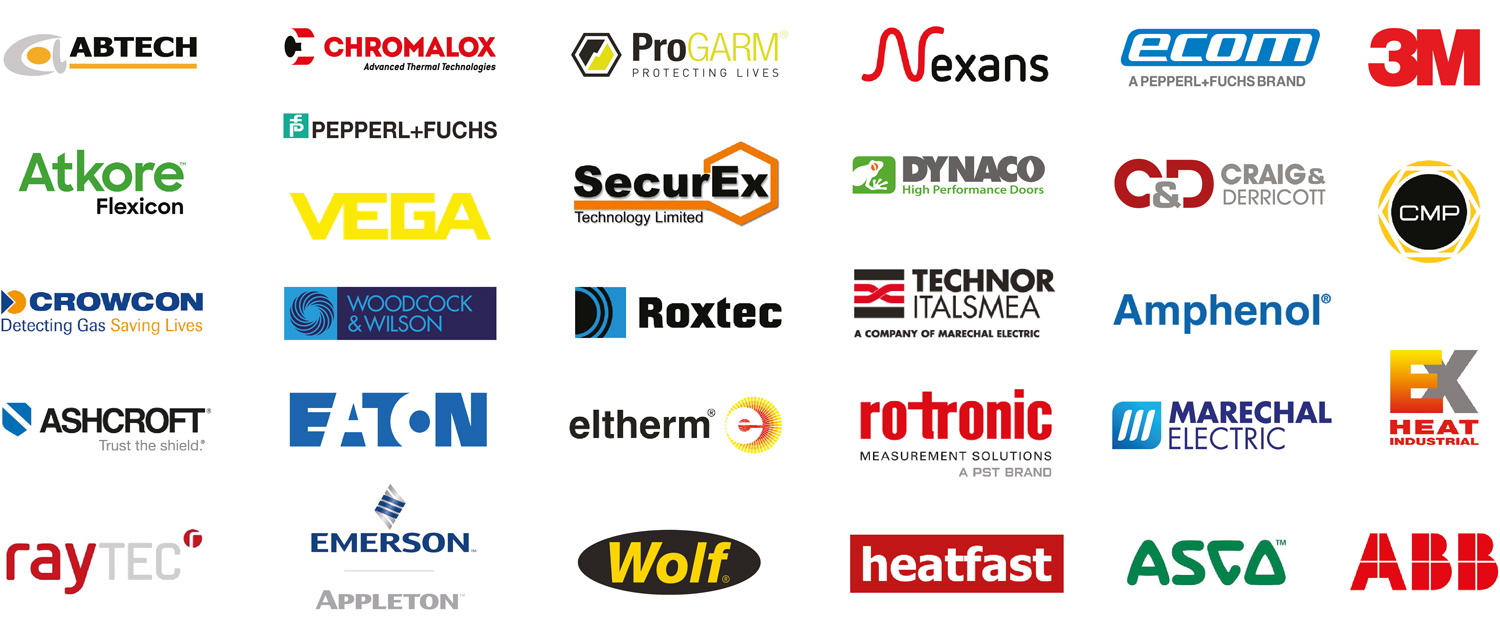What is Trace Heating? A Complete Guide to Heating Cable Systems
Published 29 Apr 2025
What is Trace Heating?
Trace heating, is an electrical system used to maintain or raise the temperature of pipes, vessels, and equipment by compensating for heat losses. Trace Heating involves running specially designed heating cables along the length of the pipe or around equipment, providing direct, controlled heat to ensure fluid movement and process stability in industrial environments.
So, what is trace heating? Trace heating is the application of electrical heat to pipes or surfaces, typically for freeze protection or temperature maintenance. Whether you’re searching for “what is a heating cable” or “what is trace heating,” you’re referring to the same vital temperature control solution used in sectors like oil & gas, chemical processing, power generation, and food production.
At its core, trace heating is about maintaining process integrity—ensuring that fluids don’t freeze, solidify, or drop below the required temperature, even in harsh or hazardous environments.
Need to know more about Heat Trace Systems and whether it’s essential for your business?
How Does Trace Heating Work?
Trace heating systems work by converting electrical energy into heat through resistance. The heating cable is secured directly to the pipe or tank surface, and when powered, it generates heat that offsets thermal loss. Most industrial systems include:
-
Heating cable (self-regulating, constant wattage, etc.)
-
Thermal insulation over the assembly
-
Temperature sensors and control units
-
Power distribution and monitoring systems
A key advantage in industrial environments is the level of control: temperatures can be precisely managed through thermostats or sophisticated process controllers to align with specific process requirements.
Types of Trace Heating Cables
Different trace heating technologies are designed for varying industrial and commercial needs—ranging from freeze protection to high-temperature process maintenance.
1. Self-Regulating Trace Heating Cables
-
Function: Adjust heat output based on ambient or pipe temperature.
-
Use Cases: Ideal for freeze protection, tank farms, and pipelines with variable ambient conditions.
-
Advantages: Energy-efficient, safe from overheating, and suitable for hazardous areas.
2. Constant Wattage Trace Heating Cables
-
Function: Deliver uniform heat output along their length.
-
Use Cases: Good for longer pipe runs with consistent heat demand—e.g. long distillation lines or storage tank manifolds.
-
Advantages: Cost-effective, scalable for large plants.
3. Series Resistance Trace Heating Cables
-
Function: Use a resistive heating wire that emits heat when powered.
-
Use Cases: Large-scale industrial environments requiring high wattage and long continuous runs, such as petrochemical pipelines.
-
Advantages: High performance, ideal for long-distance runs with few power supply points.
4. Mineral Insulated (MI) Trace Heating Cables
-
Function: Extremely durable heating cable with a metal sheath and magnesium oxide insulation.
-
Use Cases: Heavy industrial sectors—nuclear, oil & gas, or environments with exposure to high temperatures and corrosive elements.
-
Advantages: High temperature tolerance (up to 600°C), long lifespan, and superior mechanical protection.


How Can Trace Heating Be Applied?
While trace heating can be found in some commercial environments (e.g. hotel water systems or gutter de-icing), its primary value lies in industrial applications. Key sectors include:
Oil & Gas
-
Prevent wax, hydrate, or water blockages in pipelines
-
Maintain flow assurance in offshore and onshore operations
-
Trace heating of valves, pumps, and metering equipment in hazardous zones
Chemical & Petrochemical Plants
-
Maintain critical process temperatures for viscous or temperature-sensitive fluids
-
Ensure safety and product integrity in reactor and separator systems
-
Temperature control for corrosive or hazardous material pipelines
Food & Beverage Processing
-
Keep edible oils, chocolate, syrups, and other viscous materials at flowable temperatures
-
Prevent crystallisation or solidification during transfer and storage
-
Maintain temperature-sensitive CIP (Clean-in-Place) systems
Power Generation
-
Protect demineralised water lines in boiler feed systems
-
Maintain lubricant viscosity in turbines and rotating equipment
-
Prevent freezing in fire protection and cooling water lines
Pharmaceuticals & Biotech
-
Precise temperature control of fluids during batch production
-
Sanitary process line heating without risk of contamination
-
Support for temperature-sensitive reactions and formulations
Mining & Minerals
-
Prevent freezing or viscosity drops in process slurry pipelines
-
Trace heating of reagent lines or tank heating in leaching operations
-
Maintain flow in exposed areas subject to extreme climates
Why Is Trace Heating Needed?
In industrial and commercial environments, failure to maintain temperature can lead to:
-
Equipment damage due to freezing or overheating
-
Blockages and flow interruptions
-
Increased maintenance costs
-
Health and safety risks (especially in flammable or toxic applications)
-
Lost production time
Industrial trace heating ensures operational continuity, product quality, and safety—especially in hazardous or extreme environments.
Key Benefits of Trace Heating Systems
✅ Operational Reliability – Prevent flow issues and freezing, especially in mission-critical infrastructure
✅ Process Integrity – Maintain consistent product quality through controlled thermal environments
✅ Energy Efficiency – Especially with self-regulating or sensor-driven systems
✅ Customisability – Scalable for large industrial plants and suitable for hazardous area classifications (ATEX, IECEx)
✅ Longevity – High-durability options like MI cables can last decades with minimal maintenance
Need A Trace Heating Solution?
With over 40 years of experience in the industry, Thorne & Derrick are trusted specialists in trace heating solutions across all industrial sectors. Our team delivers tailored systems that meet the unique demands of your application—whether for hazardous areas, extreme environments, or precision process control.
We offer in-house heat loss calculations, full system design, and technical specification, using only high-performance, market-leading heating cables and components. From concept to commissioning, our focus is on delivering cost-effective, engineered solutions that reduce downtime, optimise performance, and drive long-term project success.
Thorne & Derrick are the UK’s largest stockist and supplier of Trace Heating products, including ATEX Heat Tracing Cables, Heated Hoses, Heating Mats & Jackets, Drum Heaters, IBC Heaters & more.



